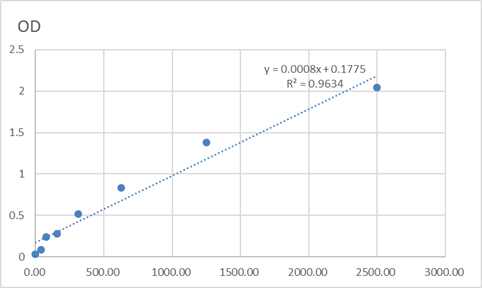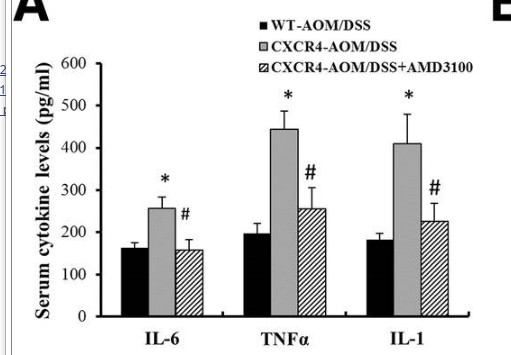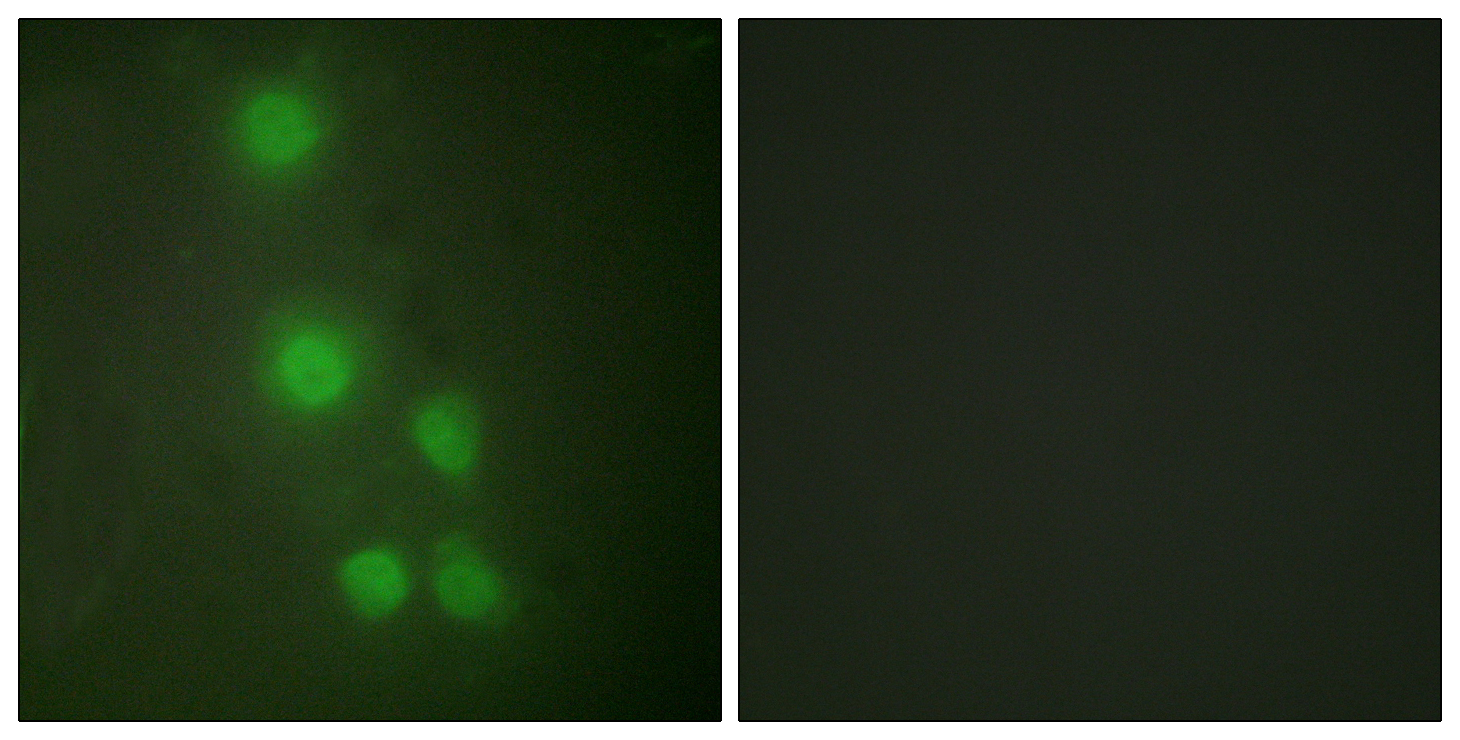Total BAF53 Cell-Based Colorimetric ELISA Kit
- Catalog No.:KA3518C
- Applications:ELISA
- Reactivity:Human;Mouse;Rat
- Gene Name:
- ACTL6A
- Human Gene Id:
- 86
- Human Swiss Prot No:
- O96019
- Mouse Swiss Prot No:
- Q9Z2N8
- Storage Stability:
- 2-8°C/6 months
- Other Name:
- Actin-like protein 6A (53 kDa BRG1-associated factor A) (Actin-related protein Baf53a) (ArpNbeta) (BRG1-associated factor 53A) (BAF53A) (INO80 complex subunit K)
- Detection Method:
- Colorimetric
- Background:
- function:Involved in transcriptional activation and repression of select genes by chromatin remodeling (alteration of DNA-nucleosome topology). Required for maximal ATPase activity of SMARCA4/BRG1 and for association of the SMARCA4/BRG1 containing remodeling complex BAF with chromatin/nuclear matrix. Component of the NuA4 histone acetyltransferase (HAT) complex which is involved in transcriptional activation of select genes principally by acetylation of nucleosomal histones H4 and H2A. This modification may both alter nucleosome - DNA interactions and promote interaction of the modified histones with other proteins which positively regulate transcription. This complex may be required for the activation of transcriptional programs associated with oncogene and proto-oncogene mediated growth induction, tumor suppressor mediated growth arrest and replicative senescence, apoptosis, and DNA repair. NuA4 may also play a direct role in DNA repair when recruited to sites of DNA damage. Also involved in vitamin D-coupled transcription regulation via its association with the WINAC complex, a chromatin-remodeling complex recruited by vitamin D receptor (VDR), which is required for the ligand-bound VDR-mediated transrepression of the CYP27B1 gene.,similarity:Belongs to the actin family.,subunit:Component of numerous complexes with chromatin remodeling and histone acetyltransferase activity. Component of the NuA4 histone acetyltransferase complex which contains the catalytic subunit HTATIP/TIP60 and the subunits EP400, TRRAP/PAF400, BRD8/SMAP, EPC1, DMAP1/DNMAP1, RUVBL1/TIP49, RUVBL2, ING3, actin, ACTL6A/BAF53A, MORF4L1/MRG15, MORF4L2/MRGX, MRGBP, YEATS4/GAS41, VPS72/YL1 and EAF6. The NuA4 complex interacts with MYC and the adenovirus E1A protein. Component of a NuA4-related complex which contains EP400, TRRAP/PAF400, SRCAP, BRD8/SMAP, EPC1, DMAP1/DNMAP1, RUVBL1/TIP49, RUVBL2, actin, ACTL6A/BAF53A, VPS72 and YEATS4/GAS41. Component of the BAF complex, which includes at least actin (ACTB), ARID1A, ARID1B/BAF250, SMARCA2, SMARCA4/BRG1, ACTL6A/BAF53, ACTL6B/BAF53B, SMARCE1/BAF57, SMARCC1/BAF155, SMARCC2/BAF170, SMARCB1/SNF5/INI1, and one or more of SMARCD1/BAF60A, SMARCD2/BAF60B, or SMARCD3/BAF60C. In muscle cells, the BAF complex also contains DPF3. Component of the BAF53 complex, at least composed of ACTL6A/BAF53A, RUVBL1/TIP49, SMARCA2/BRM, and TRRAP/PAF400, and which may also include a HAT activity related to, but distinct from, that of HTATIP. ACTL6A interacts with SMARCA4/BRG1. Component of the chromatin-remodeling INO80 complex, at least composed of ACTL6A, ACTR5, ACTR8, RVBL1, RVBL2, INO80, INO80B, INO80C, INO80D and INO80E. Component of the WINAC complex, at least composed of SMARCA2, SMARCA4, SMARCB1, SMARCC1, SMARCC2, SMARCD1, SMARCE1, ACTL6A, BAZ1B/WSTF, ARID1A, SUPT16H, CHAF1A and TOP2B.,
- Function:
- chromatin organization, chromatin remodeling, transcription, protein amino acid acetylation, chromatin modification,covalent chromatin modification, histone modification, histone acetylation, regulation of growth, protein amino acid acylation, histone H4 acetylation, histone H2A acetylation, regulation of transcription, chromosome organization,
- Subcellular Location:
- Nucleus .
- June 19-2018
- WESTERN IMMUNOBLOTTING PROTOCOL
- June 19-2018
- IMMUNOHISTOCHEMISTRY-PARAFFIN PROTOCOL
- June 19-2018
- IMMUNOFLUORESCENCE PROTOCOL
- September 08-2020
- FLOW-CYTOMEYRT-PROTOCOL
- May 20-2022
- Cell-Based ELISA│解您多样本WB检测之困扰
- July 13-2018
- CELL-BASED-ELISA-PROTOCOL-FOR-ACETYL-PROTEIN
- July 13-2018
- CELL-BASED-ELISA-PROTOCOL-FOR-PHOSPHO-PROTEIN
- July 13-2018
- Antibody-FAQs



